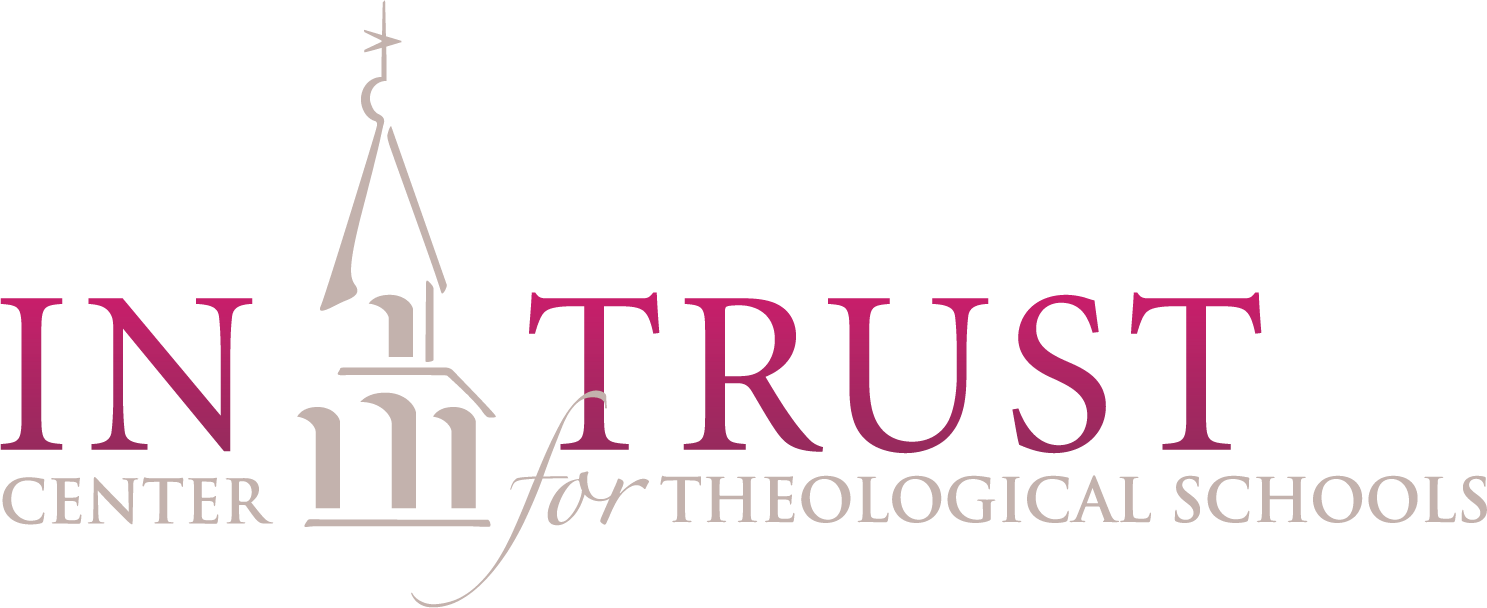During an interview about the work of the Parish Collective, a journalist asked me this question in a personal aside: “When you work with these people, do you feel convicted about your way of life?”
My answer: “Indeed, I do.”
The Parish Collective’s people are committed to a way of life that closely links loving God and loving neighbor, connecting community members to be the church in the neighborhood. By example and teaching, they urge me to be a better neighbor and Christian.
Those who think in terms of traditional institutions ask, “What exactly is the Parish Collective?” The organizational form is simple — a network with a purpose.
Are they a denomination? No. Denominations share some qualities with networks, but they are more like institutions, with clear roles, lines of accountability and expectations of members. Denominations are built to endure across generations and to provide identity, accountability and support. For example, most denominations have doctrinal statements that articulate theological convictions and have systems for preparing and disciplining leaders.
The Parish Collective has a narrower focus: nurturing the practices of noticing and affirming those who are sharing the love of God and neighbor in a particular place. They have a small staff but a big reach.
Catalysts are not necessarily doing something new. The call to love one’s neighbor is as old as the Ten Commandments. But many people need inspiration, encouragement and support in the very messy work of being a neighbor.
Groups like the Parish Collective challenge and support me in doing what I know is right, living into their purpose to inspire and encourage a way of life. They are catalysts that encourage all of us to know and love our neighbors.
During the last 10 years, I have encountered numerous groups that are doing amazing catalytic work with congregations and in their communities. Some are traditional ministries that do their specific work in a way that inspires congregations, like the Baptist Student Ministry at the University of Texas Rio Grande Valley, which nurtures college students to be agents of transformation.
Some are centers within seminaries or universities, like the Center for Community Transformation at Fresno Pacific University, advancing the welfare of congregations and communities through research, training and support.
Some are congregation-based social enterprises, like the Bethel Church of Morristown (New Jersey) nonprofit Table of Hope, which carries out a local feeding ministry and provides training, through a community partner.
At Faith & Leadership, many of the stories we tell are about these catalytic ministries — in hopes of extending their impact.
When I visit the Rio Grande Valley, Fresno and Morristown, I leave convicted to be a more faithful Christian. The reporter who asked about the Parish Collective put her finger on one of the superpowers of these people. Their very lives are instruments of reformation and renewal.
I distinguish innovative and creative ministries from catalytic ones by their fruit. Innovative and creative ministries, which may be housed in churches or faith-based organizations, can have a phenomenal impact on their local communities.
But catalytic ministries take on a broader responsibility — both working in their communities and inspiring others to such work. Often, catalysts convene like-minded ministries and those that hope to do such work. They may host training processes or write books to tell their stories. The catalysts have strategies to reach beyond their communities.
In the 20th century, denominations, higher education institutions and faith-based nonprofits often supported such catalytic work. In the 21st century, each of these sectors is under significant stress. When such organizations need to cut a budget, it is often the catalytic work that ends up being discontinued.
Why? Perhaps because this work is more difficult to quantify. Catalysts contribute to the conditions required to support good work, but they don’t take credit for the work of others, even when they’ve contributed significantly.
Stressed organizations often focus on their survival. When they look at what is essential, they cut out anything that is not tied directly to the core purpose. An entity doing catalytic work may be making some of the most significant progress on an organization’s mission, but unfortunately, those results are not visible on the financial statements because the work and the impact are being carried out by others. A catalyst’s impact is less visible to an organization’s leaders and stakeholders.
For 30 years, I have done a version of catalytic work within two different institutions. Someone comes along every few years and asks me to justify the work. Because I have always benefited from grants and similar philanthropy, the work has come at little or no cost to the institution.
Still, that is not enough to prove that our ministry is not costing the institution financially or that it is providing a valuable, if less tangible, benefit. The starkest example was when a consultant told me that his job was to identify any work that distracted the organization from its core business. When people talk about “core business,” they almost always end up eliminating what is catalytic.
During a season when many established institutions are worried about their sustainability, a higher percentage of the catalytic work is likely being done by small, specialized organizations like the Parish Collective. When you see one of these organizations, I encourage you to support its efforts.
With nearly every congregation and most organizations feeling the need for renewal, catalytic organizations are vital. They inspire us to be what we know that we should be. Isn’t that the core business of ministry?
...catalytic ministries take on a broader responsibility — both working in their communities and inspiring others to such work.


















